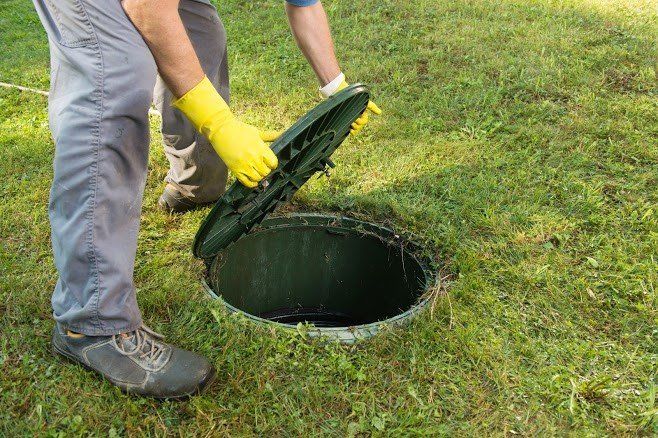Installing a New Septic Tank? Your Options
websitebuilder • July 3, 2020

If you plan to build a home in a location with no access to a municipal sewer system, then you likely know that you will need to connect your home to a septic system. However, you may know very little about septic tanks, such as your various options for tank material and type.
To make choosing the right septic tank for your family and home easier, read on to learn about a few of your septic tank options and how they compare.
Tank Material
Septic tanks on the market today are made of concrete, steel, fiberglass, and plastic. In many areas of the country, you can choose from all tank types. However, some states and cities only allow some septic tank types, so look into local building codes to determine the tank types allowed in your location.
Each type of tank has its unique advantages and disadvantages.
Concrete Tanks
Concrete septic tanks are very popular and allowed in all 50 states. These tanks are strong, durable, and can stay in great shape for 40 years or longer when properly maintained. Due to the heavy weight of concrete, these tanks can be a bit more difficult to install than tanks made of lightweight materials, and concrete can crack when the ground freezes or the soil around the tank shifts.
However, cracks in concrete tanks can typically be detected during a routine inspection and repaired before they cause serious problems, such as septic tank leakage.
Plastic Tanks
Plastic septic tanks are extremely lightweight, which makes them easier to install than heavy concrete tanks. However, their light weight makes plastic tanks prone to floating toward the ground surface when the surrounding soil becomes saturated with water. Proper installation can minimize this risk.
Plastic tanks are less likely to crack than concrete tanks when the ground freezes or shifts, although these tanks are more prone to other types of structural damage over time than concrete tanks because plastic is less durable than concrete.
When properly maintained, plastic tanks can much longer than concrete tanks because of their durability.
Septic Tank Type
There are three main septic tank types designed for residential use: type 1, type 2, and type 3 septic tank systems. The septic system type that is right for your home depends how much space you have on your land to dedicate to your septic system and your soil type.
Type 1
Type 1 septic systems are traditional anaerobic, or oxygen-free, tanks that rely on gravity to separate solids, or sludge, from wastewater, or effluent. These tanks contain beneficial anaerobic bacteria that break down solids and contaminants in the water. After contaminants are broken down, these tanks send effluent to a drain field where microorganisms in the soil remove even more contaminants from the effluent then disperse this water into the ground.
These septic tank systems are good options when a homeowner has a large area of land and good quality soil they can dedicate to their septic system drain field.
Type 2
Type 2 septic tanks treat wastewater in two separate stages. In a type 2 septic system, wastewater is first sent to a typical anaerobic septic tank, then sent to a second aerobic tank. In the second tank, wastewater is further treated with aerobic, or oxygen-loving, bacteria, before it is released into a drain field. Two-stage septic tanks send cleaner effluent to the septic tank drainfield than type 1 tanks, so drainfield size can be reduced.
These septic tank systems are ideal for homes built on small plots of land that cannot accommodate large drain fields.
Type 3
Type 3 septic tanks treat wastewater in three stages. After wastewater is treated in both anaerobic and aerobic septic tanks, effluent is then sent to a third tank where it is disinfected with chlorine, UV light, and/or a manual filter before it is finally sent to a drain field.
These septic tank systems are ideal when a very small drain field is required and drain field soil is too poor to decontaminate water before it is released into the environment.
If you are in the process of designing or building a home that cannot be connected to a city sewer system, realize that you have many septic tank options and each has their unique advantages and disadvantages. Contact the septic tank experts at Walters Environmental Services to schedule septic tank installation
today.




